Home>Garden Essentials>What Are Cover Crops And Crop Rotation?


Garden Essentials
What Are Cover Crops And Crop Rotation?
Modified: March 16, 2024
Discover the benefits of cover crops and crop rotation in your garden. Enhance soil health and reduce pests naturally with these sustainable practices.
(Many of the links in this article redirect to a specific reviewed product. Your purchase of these products through affiliate links helps to generate commission for Storables.com, at no extra cost. Learn more)
What Are Cover Crops?
Cover crops, also known as green manure, are crops that are grown primarily to benefit the soil rather than for harvest. They are an essential component of sustainable agriculture and play a vital role in improving soil health and fertility.
Unlike cash crops, cover crops are not grown with the intent of being sold for profit. Instead, they are planted during periods when the land would otherwise be left bare, such as between growing seasons or after the harvest of a cash crop. These crops serve as a living cover for the soil, protecting it from erosion, improving its structure, and adding nutrients.
One of the key functions of cover crops is soil protection. Their extensive root systems help prevent soil erosion by anchoring the soil in place, especially during heavy rainfall or strong winds. By shielding the soil from erosion, cover crops prevent valuable topsoil from being washed or blown away, preserving its fertility and reducing nutrient runoff into nearby water bodies.
Cover crops also enhance soil fertility by fixing nitrogen. Certain leguminous cover crops, such as clover or hairy vetch, have the ability to convert atmospheric nitrogen into a form that plants can utilize. This natural process, known as nitrogen fixation, helps to replenish soil nitrogen levels, reducing the need for synthetic fertilizers and promoting sustainable agriculture.
In addition, cover crops contribute to weed suppression. They compete with weeds for space, light, and nutrients, effectively shading and outcompeting them. The dense growth of cover crops also physically suppresses weed emergence, reducing the need for herbicides and manual weed control.
Cover crops improve soil structure and water-holding capacity. Their root systems create channels and pores in the soil, improving its aeration and drainage. This allows for better water infiltration and reduces the risk of soil compaction, which can hinder root growth and nutrient absorption by crops.
Overall, cover crops play a crucial role in sustainable agriculture by providing a range of benefits such as soil erosion prevention, nitrogen fixation, weed suppression, and soil improvement. Incorporating cover crops into a crop rotation plan can lead to healthier soils, increased yields, and reduced reliance on synthetic inputs. In the next section, we will delve into the different types of cover crops that can be used.
Key Takeaways:
- Cover crops protect soil, reduce erosion, and improve fertility. They also suppress weeds and contribute to sustainable agriculture by reducing the need for synthetic inputs.
- Crop rotation disrupts pest cycles, improves soil fertility, and reduces erosion. It also enhances water management and increases crop yields, promoting sustainable farming practices.
Read more: What Was Crop Rotation?
Understanding the Benefits of Cover Crops
Cover crops offer a myriad of benefits to both farmers and the environment. By incorporating cover crops into their farming practices, farmers can improve soil health, increase crop yields, and reduce the need for synthetic inputs. Let’s explore some of the key benefits of cover crops.
1. Soil health: Cover crops contribute to the overall health and fertility of the soil. Their extensive root systems break up compacted soil, improving its structure and allowing for better water infiltration. This, in turn, leads to enhanced nutrient availability for crops and promotes a thriving soil microbiome.
2. Nutrient cycling: Cover crops take up nutrients from the soil, preventing them from leaching away and recycling them when they decompose. Nutrient-rich cover crops can be incorporated into the soil, acting as natural fertilizers and reducing the need for synthetic inputs.
3. Weed suppression: Cover crops compete with weeds for space, light, and nutrients, effectively suppressing their growth. By suppressing weeds, cover crops reduce the need for herbicides and manual weed control, lowering production costs and minimizing the environmental impact.
4. Erosion prevention: The dense growth and root systems of cover crops protect the soil from erosion caused by wind and water. They act as a barrier, preventing soil particles from being blown away or washed off by heavy rains, thereby preserving valuable topsoil and preventing nutrient runoff into water bodies.
5. Pest and disease management: Certain cover crops, such as mustard or marigold, can release chemicals that naturally suppress pests and pathogens. This can help reduce the risk of crop diseases and the need for pesticides.
6. Biodiversity promotion: Cover crops provide habitat and food sources for a variety of beneficial insects, birds, and microorganisms. This biodiversity contributes to a more balanced and resilient agricultural ecosystem.
7. Climate change mitigation: Cover crops have the potential to sequester carbon from the atmosphere, offsetting greenhouse gas emissions and mitigating climate change. They act as a carbon sink, storing carbon in their above-ground biomass and in the soil.
By understanding and harnessing the benefits of cover crops, farmers can implement sustainable agricultural practices that are environmentally friendly, economically viable, and socially responsible. The next section will explore the different types of cover crops available and how to choose and plant them effectively.
Types of Cover Crops
There is a wide variety of cover crops to choose from, each with its own unique characteristics and benefits. The selection of cover crops should be based on factors such as climate, soil type, intended purpose, and crop rotation goals. Here are some popular types of cover crops:
- Legumes: Leguminous cover crops, such as clover, field peas, and hairy vetch, have the ability to fix nitrogen from the atmosphere due to a symbiotic relationship with nitrogen-fixing bacteria. They are excellent choices for improving soil fertility and adding organic matter.
- Grasses: Grass cover crops, such as ryegrass, annual ryegrass, and cereal rye, provide excellent ground cover and help suppress weeds. They also have deep fibrous root systems that improve soil structure and prevent erosion.
- Brassicas: Brassica cover crops, such as mustard, radish, and turnips, are known for their biofumigation properties. These plants release chemicals when their tissue decomposes, helping to suppress nematodes, weeds, and certain soil-borne diseases.
- Forage crops: Forage cover crops, like alfalfa, clover, and annual legumes, can provide livestock feed while also improving soil health. These crops have deep tap roots that help break up compacted soil and increase nutrient cycling.
- Winter cover crops: Winter cover crops, including winter rye, winter wheat, and crimson clover, are specifically planted in the fall to provide protection and nutrient capture during the winter months. They establish a dense cover and continue to grow in cooler temperatures.
- Mixtures: Cover crop mixtures combine different species to maximize the benefits, such as nitrogen fixation, weed suppression, and soil improvement. These mixtures often include a combination of legumes, grasses, and brassicas.
It is important to consider your specific goals and the characteristics of your farm when choosing cover crops. Consult with local agricultural extension services or experienced farmers in your area to determine which cover crops are best suited for your region and desired outcomes.
The next section will explore how to choose and plant cover crops effectively to maximize their benefits.
How to Choose and Plant Cover Crops
Choosing and planting cover crops requires careful consideration of several factors, including your farming goals, climate, soil type, and crop rotation plan. Here are some steps to help you choose and plant cover crops effectively:
- Identify your specific goals: Determine what you want to achieve with cover crops. Are you looking to improve soil fertility, suppress weeds, control erosion, or provide livestock forage? Understanding your goals will help you select the most appropriate cover crops for your needs.
- Consider climate and growing season: Take into account the climate conditions in your region, including average temperatures, frost dates, and rainfall patterns. Choose cover crops that are well-suited to your climate and have a growing season that aligns with your crop rotation plan.
- Analyze soil type and nutrient needs: Assess your soil’s characteristics and nutrient deficiencies. Some cover crops excel at fixing nitrogen, while others are efficient at scavenging and cycling nutrients. Select cover crops that can address the specific needs of your soil and complement the nutrient requirements of your cash crops.
- Consider crop rotation: Take into account the crops you plan to grow in subsequent seasons. Choose cover crops that have complementary growth habits and can help break pest and disease cycles. For example, if you have a root crop in your rotation plan, consider planting a cover crop that has deep tap roots to improve soil structure and nutrient availability.
- Observe local recommendations and farmer experiences: Consult local agricultural extension services, experienced farmers, and online resources to gather information about cover crops that have performed well in your area. They can provide valuable insights into which cover crops are best suited for your region and can offer practical advice on planting techniques.
- Prepare the site and plant the cover crops: Clear the planting area of debris and weeds. Prepare the soil by tilling or using a no-till technique, depending on your farming practices. Follow the recommended planting depth and spacing for the selected cover crop. Consider using a cover crop seed mix to maximize benefits and diversity.
- Manage cover crops: Monitor the growth of the cover crops and manage them appropriately. Some cover crops may need to be mowed or terminated before they go to seed to prevent them from becoming weeds themselves. Others may need to be incorporated into the soil as green manure, providing organic matter and releasing nutrients for the next crop.
Keep in mind that cover crop management requires regular monitoring and adjustment. Adapt your approach based on your observations, weather conditions, and the specific needs of your farming system.
By carefully selecting and properly planting cover crops, you can harness their full potential to improve soil health, increase crop productivity, and promote sustainable farming practices.
Managing Cover Crops for Optimal Results
Proper management of cover crops is essential to maximize their benefits and ensure optimal results. Here are some key practices to consider when managing cover crops:
- Timing of termination: Determine the appropriate timing for terminating or incorporating cover crops into the soil. This will depend on your crop rotation plan and the specific goals you have for your cover crops. Some cover crops, such as legumes, may need to be terminated earlier to prevent them from competing with cash crops for resources.
- Termination methods: Select the most suitable termination method for your cover crops. Options include mowing, crimping, rolling, or using herbicides. Consider your farming practices, equipment availability, and the specific cover crop species you are managing.
- Consider residue management: Assess the residue left behind by terminated cover crops and decide how to manage it. Residue can be left on the soil surface as mulch, providing protection from erosion and enhancing moisture retention. Alternatively, it can be incorporated into the soil to improve organic matter content and nutrient availability.
- Integrate cover crops into nutrient management: Understand the nutrient cycling dynamics of cover crops and integrate them into your overall nutrient management plan. Consider the nutrient needs of your cash crops and use cover crops strategically to scavenge, fix, or release nutrients to support the growth of subsequent crops.
- Monitor for pests and diseases: Regularly monitor your cover crops for signs of pests or diseases. Some cover crops can host pests or diseases that may impact your cash crops. Implement appropriate management techniques, such as crop rotation or targeted pest control, to mitigate any potential risks.
- Adapt to weather conditions: Be flexible and adjust your management practices based on weather conditions. Cover crop growth and development can be affected by factors such as temperature, rainfall, and drought. Consider these factors when planning cover crop termination, nutrient management, and irrigation needs.
- Evaluate and learn: Regularly assess the impact of cover crops on soil health, crop performance, and overall farm productivity. Keep detailed records to track the benefits and challenges associated with different cover crop species and management approaches. Learn from your experiences and make adjustments to your cover crop management practices as needed.
Remember that successful cover crop management requires continuous learning and adaptation. By implementing effective management strategies, you can optimize the benefits of cover crops, improve soil health, and achieve long-term sustainability on your farm.
Tip: Cover crops like legumes and grasses can improve soil health by reducing erosion, suppressing weeds, and adding organic matter. Rotate crops to prevent soil depletion and pest buildup.
Read more: What Is Crop Rotation Strip Cropping
Introduction to Crop Rotation
Crop rotation is a farming practice that involves systematically planting different crops in a specific sequence on the same piece of land over time. It is an ancient and proven technique that offers numerous benefits for both soil health and crop productivity. The concept is based on the principle that different crops have different needs and contribute unique benefits to the soil.
The main objective of crop rotation is to break pest and disease cycles, improve soil fertility, and maximize crop yields. By rotating crops, farmers can disrupt the life cycles of pests and pathogens that are specific to certain crops. This helps to reduce the buildup of pests and diseases in the soil, reducing the need for chemical pesticides and promoting natural pest control mechanisms.
Crop rotation also plays a vital role in maintaining or improving soil fertility. Different crops have varying nutrient requirements, and rotating crops helps ensure that the soil is not depleted of specific nutrients. For example, legume crops in a rotation can fix nitrogen from the atmosphere, replenishing soil nitrogen levels and reducing the need for synthetic fertilizers.
Furthermore, crop rotation can improve soil structure and enhance its water-holding capacity. Different crops have different root systems, and rotating crops with deep tap roots can break up compacted soil, improve drainage, and increase the availability of water and nutrients for subsequent crops. This benefits both root development and nutrient uptake.
There are various crop rotation systems in practice, such as a simple two-crop rotation or more complex multi-crop rotations. The choice of rotation system will depend on factors like farm size, climate, soil type, and the specific goals of the farmer.
Some common crop rotation systems include:
- Two-course rotation: This is the simplest form of crop rotation, where two different crops are alternated on the same piece of land. For example, one year could be dedicated to a cereal crop, followed by a legume crop the following year.
- Three-course rotation: In this system, three crops are rotated in sequence. This could involve a cereal crop, followed by a legume crop, and then a root crop, for instance.
- Four-course rotation: Four crops are rotated in sequence, often including a cereal crop, a legume crop, a root crop, and a green manure cover crop. This system provides a more diverse rotation and offers additional benefits, such as soil protection and nutrient cycling.
Implementing a crop rotation system requires careful planning and consideration of factors such as crop compatibility, pest and disease management, and nutrient cycling. It is important to monitor the performance of crops in the rotation and adjust the sequence if needed based on observed results.
Overall, crop rotation is a valuable farming practice that benefits both the environment and farming operations. By diversifying crop plantings and incorporating rotations, farmers can achieve sustainable and productive agriculture, promoting long-term soil health and crop resilience.
Benefits of Crop Rotation
Crop rotation is a farming practice that offers a multitude of benefits for both agricultural sustainability and crop productivity. By systematically alternating different crops in a specific sequence, farmers can reap the following advantages:
- Pest and disease control: Crop rotation helps break pest and disease cycles by interrupting the life cycles of specific crop pests and pathogens. Different crops have varying susceptibility to pests and diseases, and rotating crops reduces the buildup of these harmful organisms in the soil. This reduces the reliance on chemical pesticides and promotes natural pest control mechanisms.
- Improved soil fertility: Different crops have different nutrient requirements. By rotating crops, farmers can balance nutrient demands and prevent depletion of specific nutrients in the soil. For example, legume crops in a rotation can fix nitrogen from the air, enriching the soil with this essential nutrient. Additionally, diverse plant species in the rotation contribute to increased organic matter content, enhancing the soil’s fertility and structure.
- Reduced soil erosion: Certain crops, such as grasses or cover crops with dense root systems, can effectively protect against soil erosion. By including these crops in a rotation, farmers can anchor the soil, preventing it from being washed or blown away by wind or water. This conserves valuable topsoil and reduces the loss of nutrients.
- Enhanced water management: Different crops have varying water requirements. By rotating crops with different water needs, farmers can optimize water usage and reduce the risk of water stress. Deep-rooted crops can help mitigate waterlogging and improve water infiltration, while shallow-rooted crops can effectively utilize surface moisture. This leads to improved overall water management.
- Weed suppression: Crop rotation can effectively suppress weeds by disrupting their life cycles. Different crops can shade the soil and compete with weeds for resources such as water, nutrients, and light. This reduces weed emergence and growth, minimizing the need for herbicides and manual weed control, which in turn reduces costs and environmental impact.
- Increased crop yields: Crop rotation can lead to increased crop yields by improving soil health and reducing pest and disease pressures. Healthy, well-nourished soils result in stronger, more productive plants. Furthermore, by minimizing the buildup of specific pests and diseases, crops are less susceptible to yield-limiting factors.
- Financial benefits: Implementing crop rotation can have financial advantages for farmers. By improving soil health and nutrient cycling, farmers can reduce their reliance on synthetic fertilizers and pesticides, resulting in cost savings. Additionally, increased crop yields and the potential for more stable production can enhance profitability.
Crop rotation is a sustainable and time-tested practice that offers a wide range of benefits for both the environment and farming operations. By diversifying crops in a rotation, farmers can enhance soil health, reduce pest and disease pressures, and optimize resource usage, leading to more resilient and productive agriculture in the long term.
Strategies for Implementing Crop Rotation
Implementing an effective crop rotation plan requires careful consideration of various factors such as farm size, soil type, climate, crop diversity, and rotation goals. Here are some strategies to help farmers implement successful crop rotation:
- Understand crop compatibility: Consider which crops are compatible with each other in terms of nutrient requirements, growth habits, and disease susceptibility. Some crops have complementary benefits when planted in sequence, while others may compete for resources or be susceptible to the same pests and diseases.
- Determine rotation duration: Decide the duration of the rotation cycle based on the specific needs of the crops and the soil. Shorter rotations, such as two- or three-year cycles, may be suitable for intensive vegetable crops, while longer rotations may be more beneficial for perennial crops or systems aiming for extended soil health improvements.
- Consider cover crops: Integrate cover crops into the rotation plan to provide additional benefits such as soil erosion control, nutrient cycling, and weed suppression. Cover crops can be planted during fallow periods or in between cash crops to help maintain soil health and fertility.
- Know your soil: Conduct soil tests regularly to monitor nutrient levels, pH, and soil health indicators. This information will help determine which crops and rotation strategies will be most effective for improving soil conditions and maximizing crop yields.
- Consider cash crop market demands: Take into account market demands and crop profitability when planning the rotation. Aligning rotation plans with market demands can help maximize economic returns and ensure the viability of the farming operation.
- Include break crops: Incorporate break crops into the rotation to disrupt pest and disease cycles. Break crops are non-host crops that are strategically planted to prevent the buildup of specific pests and pathogens associated with the main cash crops. This can help reduce the reliance on chemical pesticides and maintain crop health.
- Rotate crop families: Rotate crops within different families to further reduce the risk of pest and disease buildup. Crop families share similar characteristics and can be susceptible to similar pests and diseases. By rotating crops across different families, farmers can effectively break these cycles and minimize the need for pest control measures.
- Monitor and adapt: Continuously monitor the performance of crops within the rotation and make adjustments as needed. Assess soil health, pest pressures, and crop yields to identify areas for improvement or modification in the rotation plan. Flexibility is key to optimizing the benefits of crop rotation on an ongoing basis.
Successful implementation of crop rotation requires careful planning, regular monitoring, and adaptation over time. By considering crop compatibility, soil conditions, market demands, and pest management, farmers can create a rotation plan that enhances soil health, maximizes yields, and promotes sustainable agriculture.
Considerations for Successful Crop Rotation
Implementing a successful crop rotation plan requires careful consideration of various factors to ensure optimal results. Here are some key considerations to keep in mind:
- Soil health: Prioritize soil health when planning a crop rotation. Evaluate soil characteristics such as nutrient content, pH levels, and organic matter. Incorporate crops that can improve soil fertility, structure, and organic matter content to maintain and enhance overall soil health.
- Pest and disease management: Take into account the pest and disease challenges specific to your region and crops. Rotate crops strategically to disrupt pest and disease life cycles and reduce the buildup of pests and pathogens in the soil. Avoid planting susceptible crops in consecutive years to minimize the risk of pest and disease pressures.
- Crop diversity: Aim for a diverse range of crop types and families in the rotation plan. Diverse rotations can help break pest and disease cycles, improve nutrient cycling, and reduce weed pressures. Rotate crops with different growth habits and root systems to enhance soil structure and nutrient availability.
- Consider fertility needs: Incorporate nitrogen-fixing legumes into the rotation to replenish soil nitrogen levels naturally. These crops, such as peas or clover, can contribute to improved fertility and reduce the need for synthetic fertilizers. Be mindful of the nutrient requirements of each crop and avoid planting crops with similar nutrient demands consecutively.
- Rotation timing: Consider the timing of planting and harvest for each crop in the rotation. Plan rotations that allow sufficient time for cover crops or break crops to establish and contribute to soil health improvement. Coordinate planting and harvest schedules to maximize rotational benefits while optimizing labor and equipment utilization.
- Adapt to site-specific conditions: Take into account the specific conditions of your farm, including climatic factors, soil characteristics, and water availability. Adapt the crop rotation plan to suit the unique conditions of your farm, maximizing the benefits of the rotation given your specific resources and constraints.
- Evaluate market demands: Consider the market demand for different crops when planning the rotation. Assess the profitability and marketability of each crop to align the rotation plan with market trends and optimize financial returns. Balance the market-driven considerations with the agronomic and environmental benefits of the rotation.
- Document and learn: Keep records of the crop rotation plan, including the crops planted, dates, and outcomes. Maintain records of soil test results, pest and disease observations, and crop performance. Analyze the data to identify patterns, learn from experiences, and make informed decisions for future rotations.
Flexibility and willingness to adapt are essential for successful crop rotation. Regularly assess the performance of the rotation plan, make adjustments based on observations and lessons learned, and continually improve the rotation over time to meet the specific needs and goals of your farm.
Conclusion
Crop rotation and cover cropping are powerful tools that can significantly improve soil health, enhance crop productivity, and promote sustainable agriculture. By implementing these practices, farmers can reap a multitude of benefits while minimizing the reliance on synthetic inputs and reducing environmental impacts.
Cover crops provide a living cover for the soil, protecting it from erosion, improving its structure, and adding nutrients. They contribute to weed suppression, pest control, and soil fertility. Their role in nutrient cycling and carbon sequestration further enhances their value in sustainable farming systems.
Crop rotation, on the other hand, involves systematically changing the crops grown on a piece of land in a specific sequence. It interrupts pest and disease cycles, improves soil fertility, reduces erosion, and promotes water management. By strategically selecting diverse crops and rotating them, farmers can maximize the benefits and minimize the risks associated with specific crops or pests.
When implementing crop rotation and cover cropping, it is crucial to consider factors such as soil health, pest management, crop diversity, and market demands. Regular monitoring, adaptation, and learning from experiences are key to successful implementation. By carefully planning and managing these practices, farmers can optimize their long-term agricultural productivity, reduce dependence on synthetic inputs, and contribute to the preservation of natural resources.
Ultimately, incorporating sustainable practices like crop rotation and cover cropping into farming systems offers a pathway to resilient and environmentally-friendly agriculture. By nurturing healthy soils, protecting the ecosystem, and producing nutritious crops, farmers can contribute to a more sustainable future for generations to come.
Frequently Asked Questions about What Are Cover Crops And Crop Rotation?
Was this page helpful?
At Storables.com, we guarantee accurate and reliable information. Our content, validated by Expert Board Contributors, is crafted following stringent Editorial Policies. We're committed to providing you with well-researched, expert-backed insights for all your informational needs.


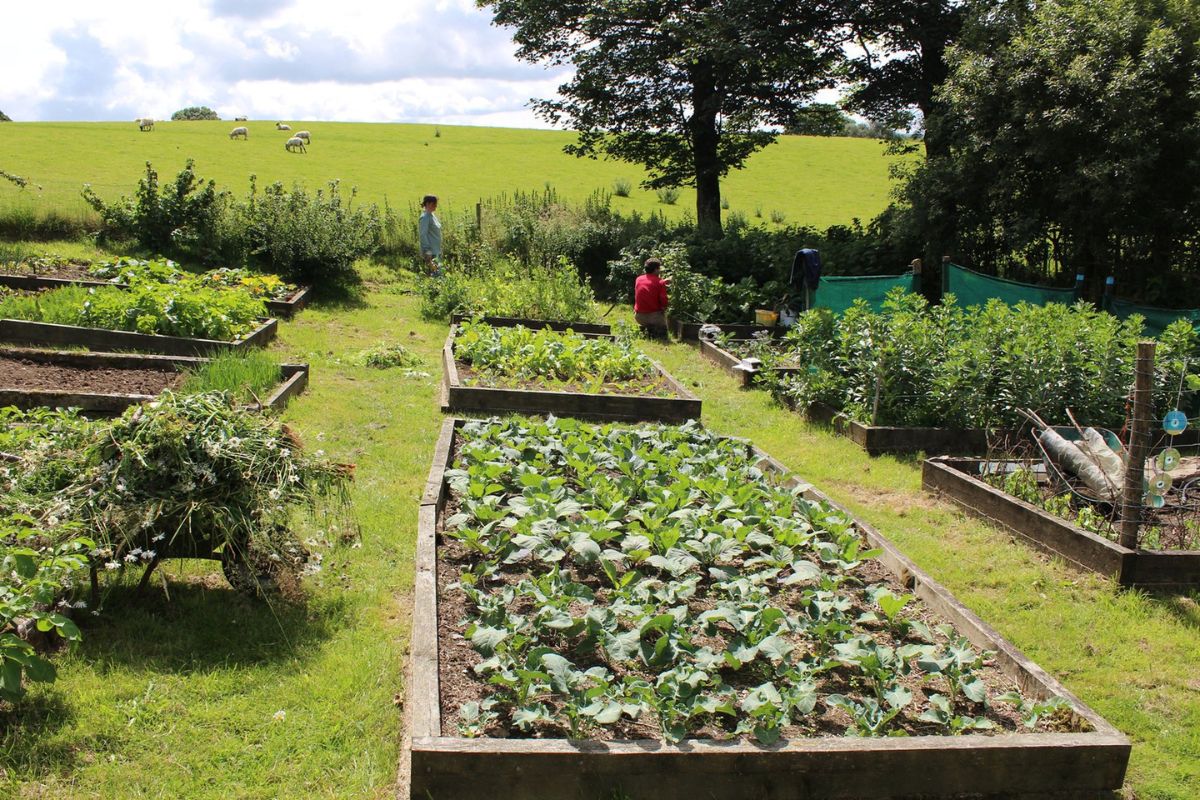
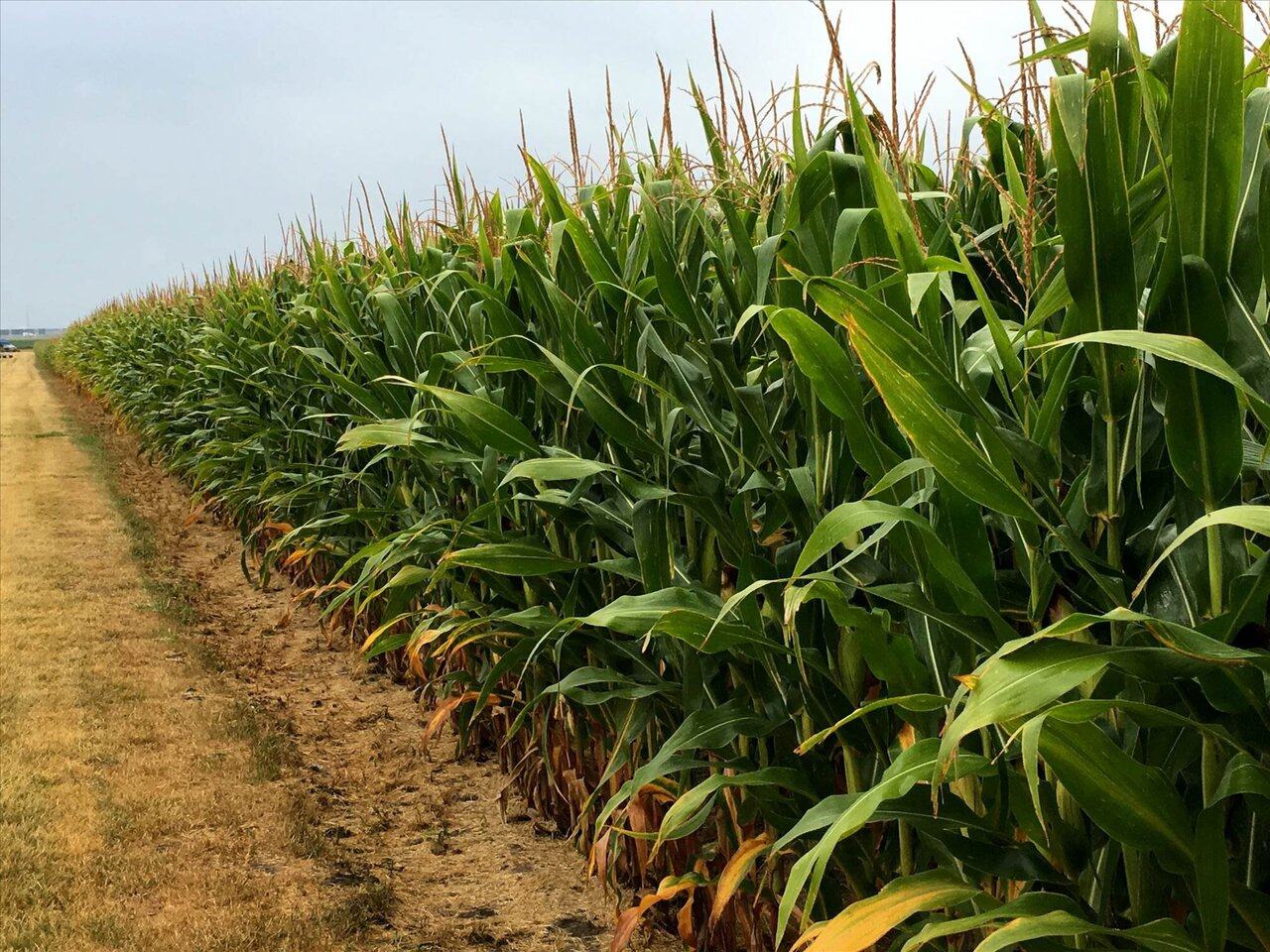
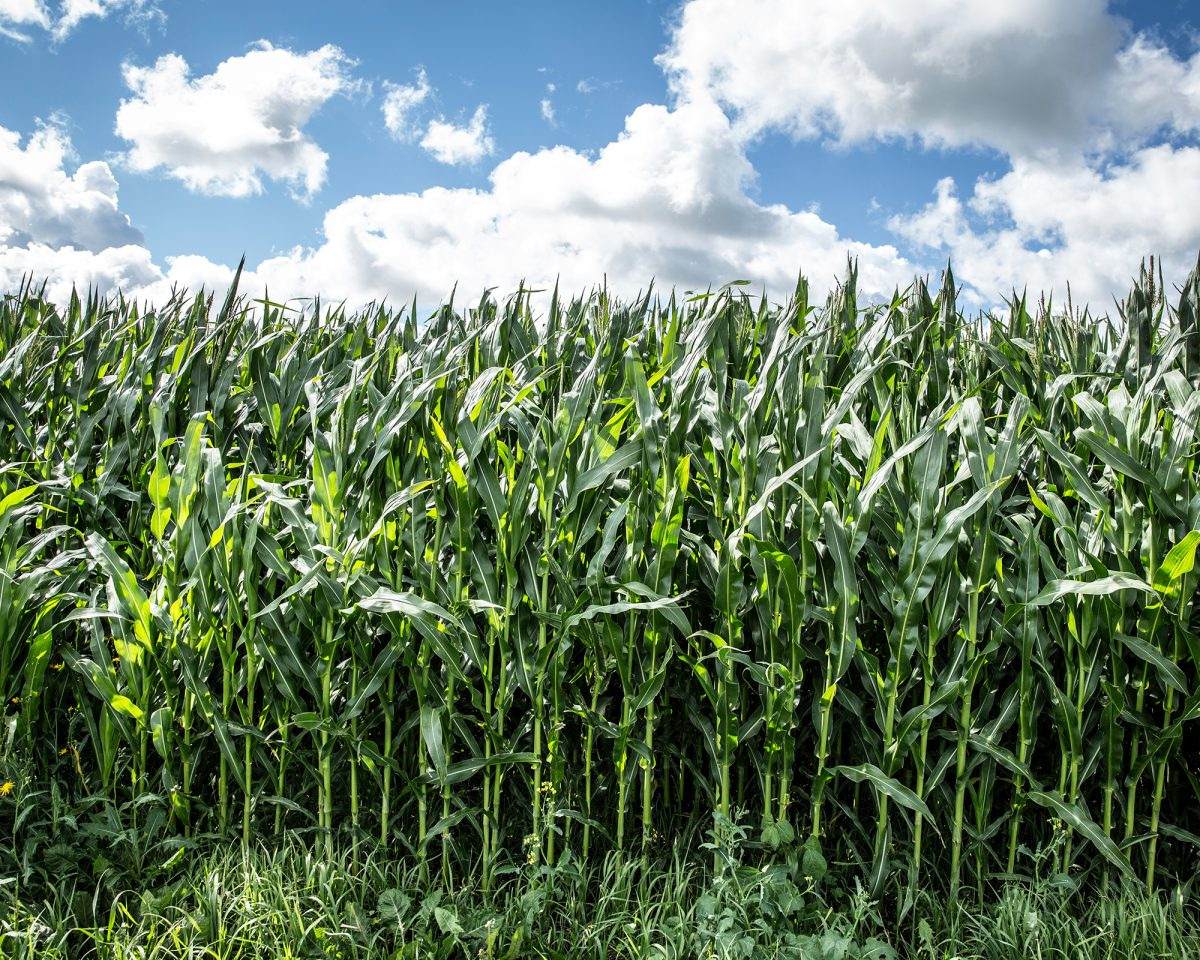
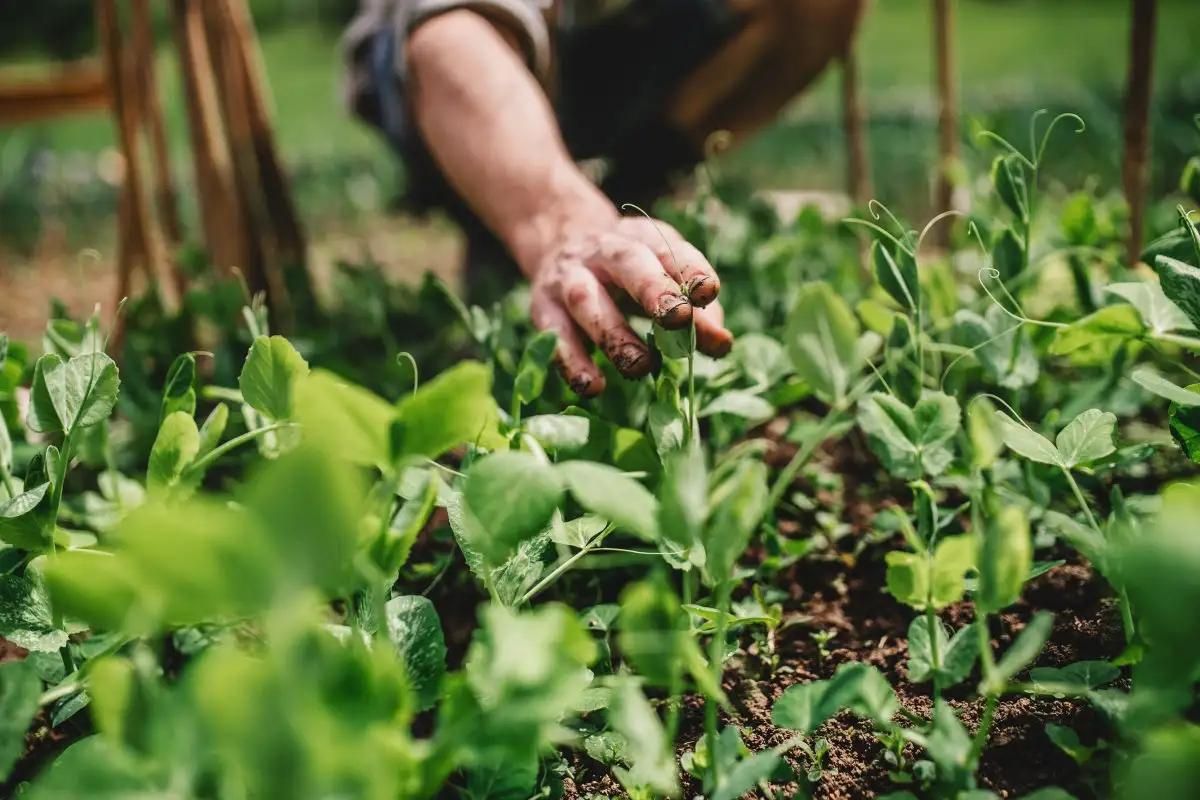
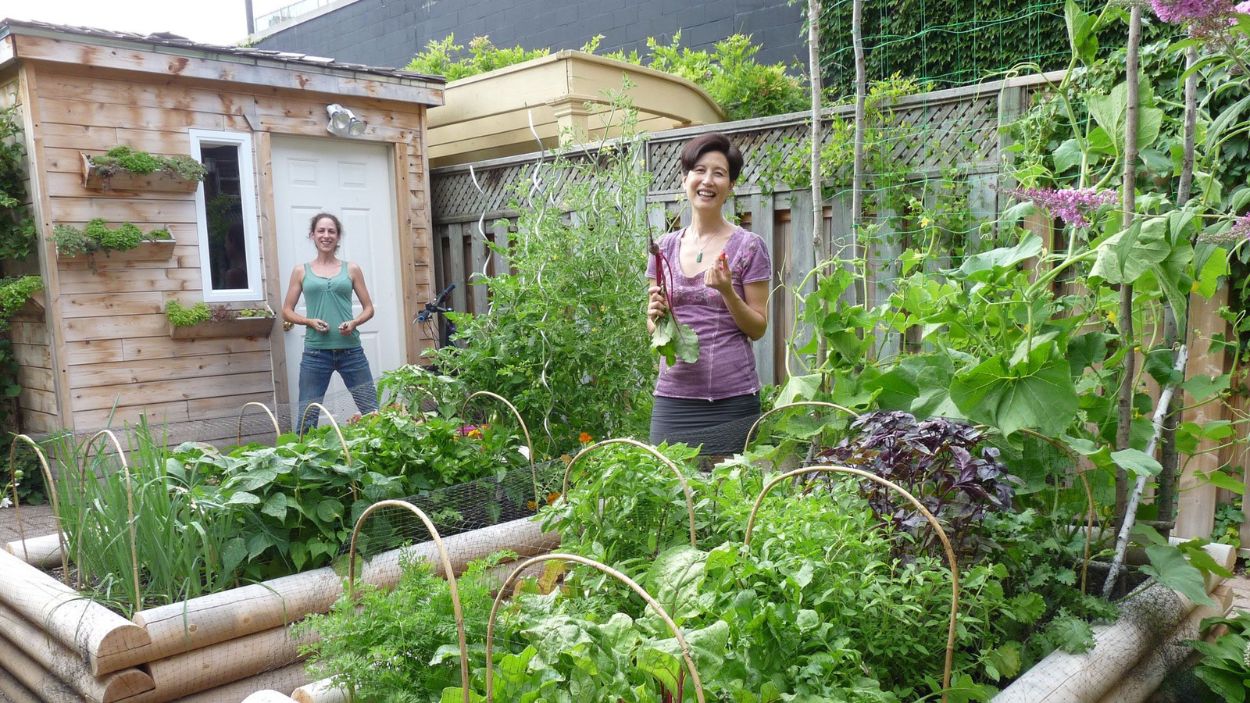
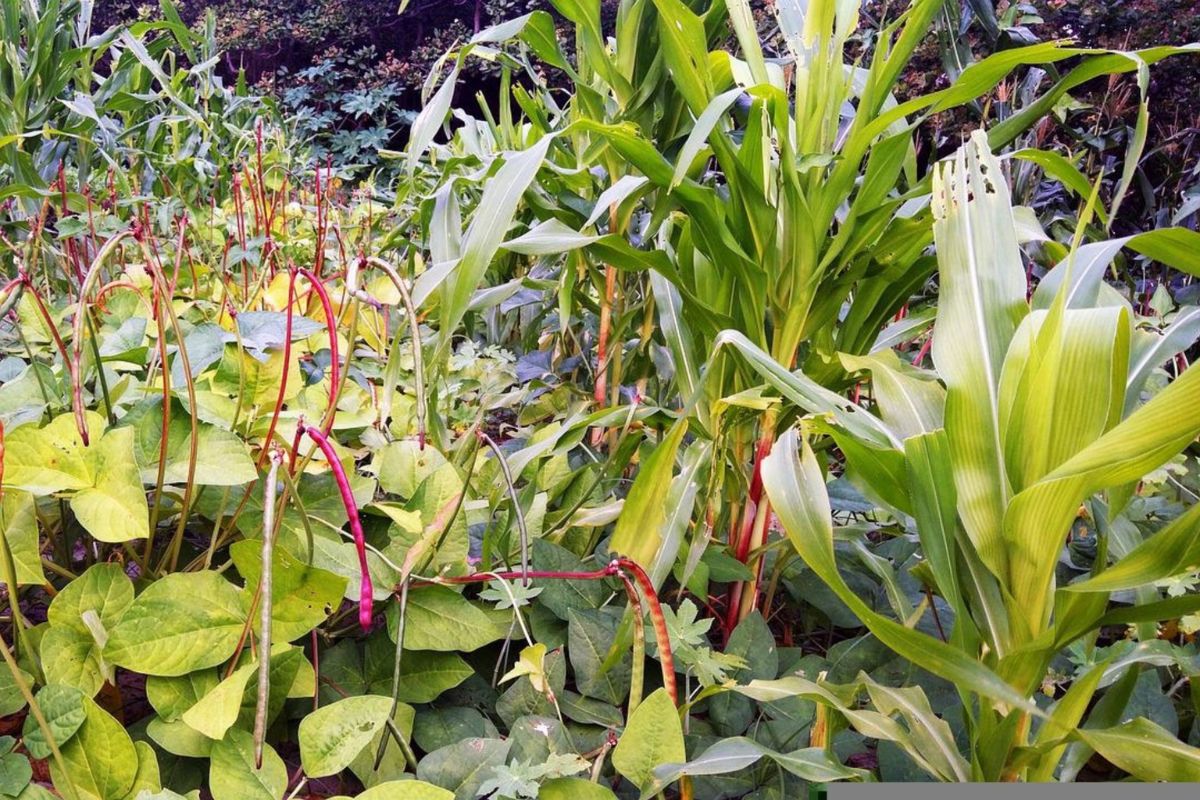

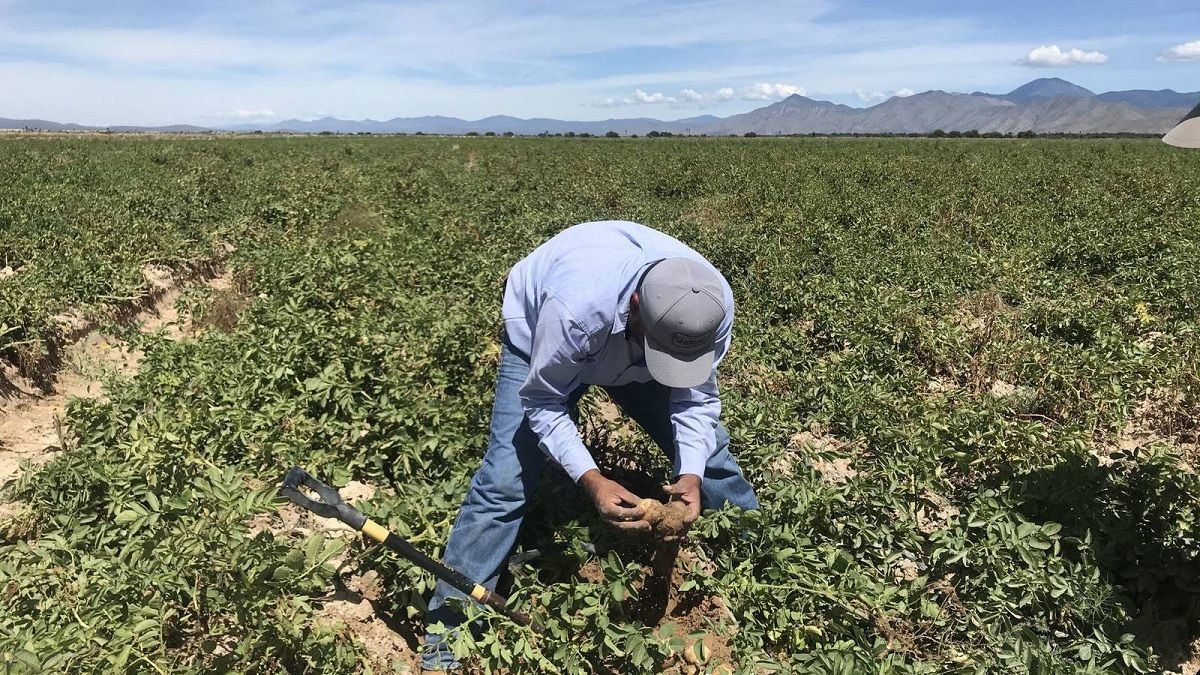
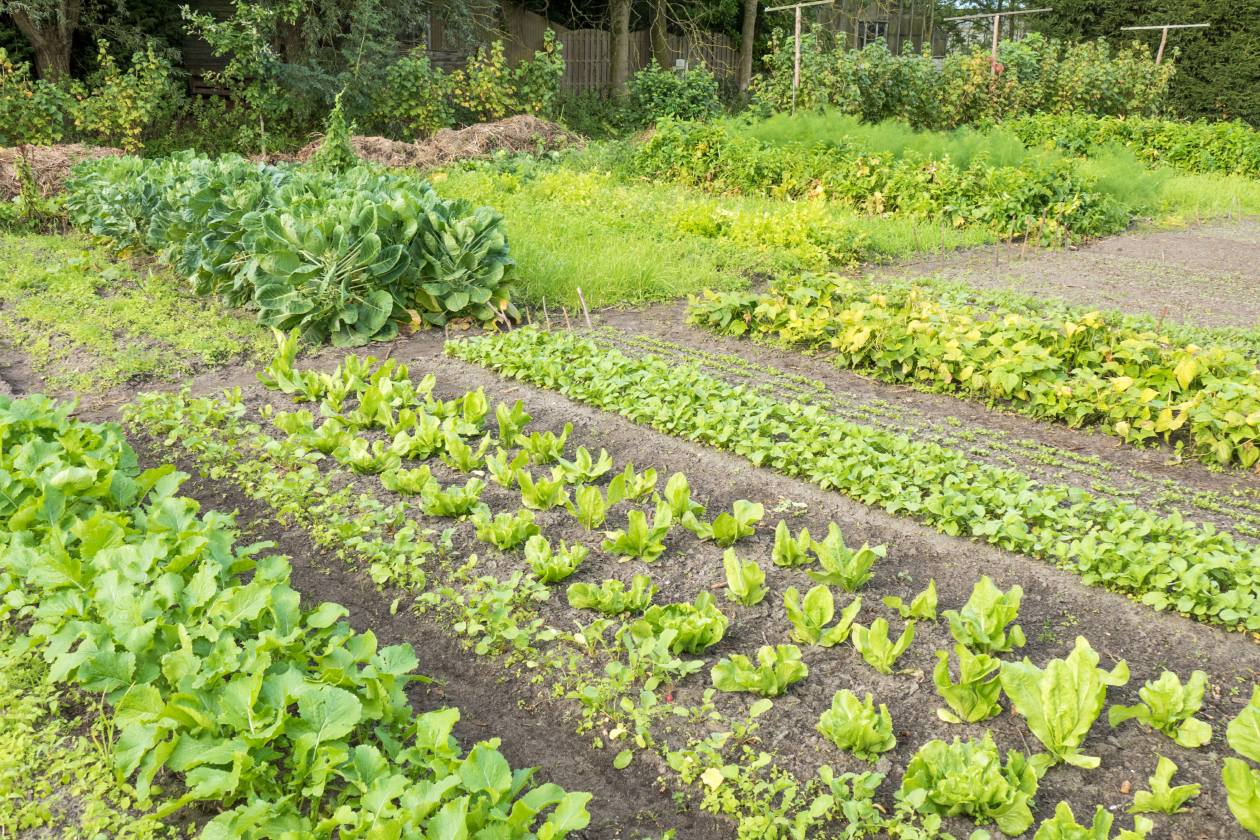

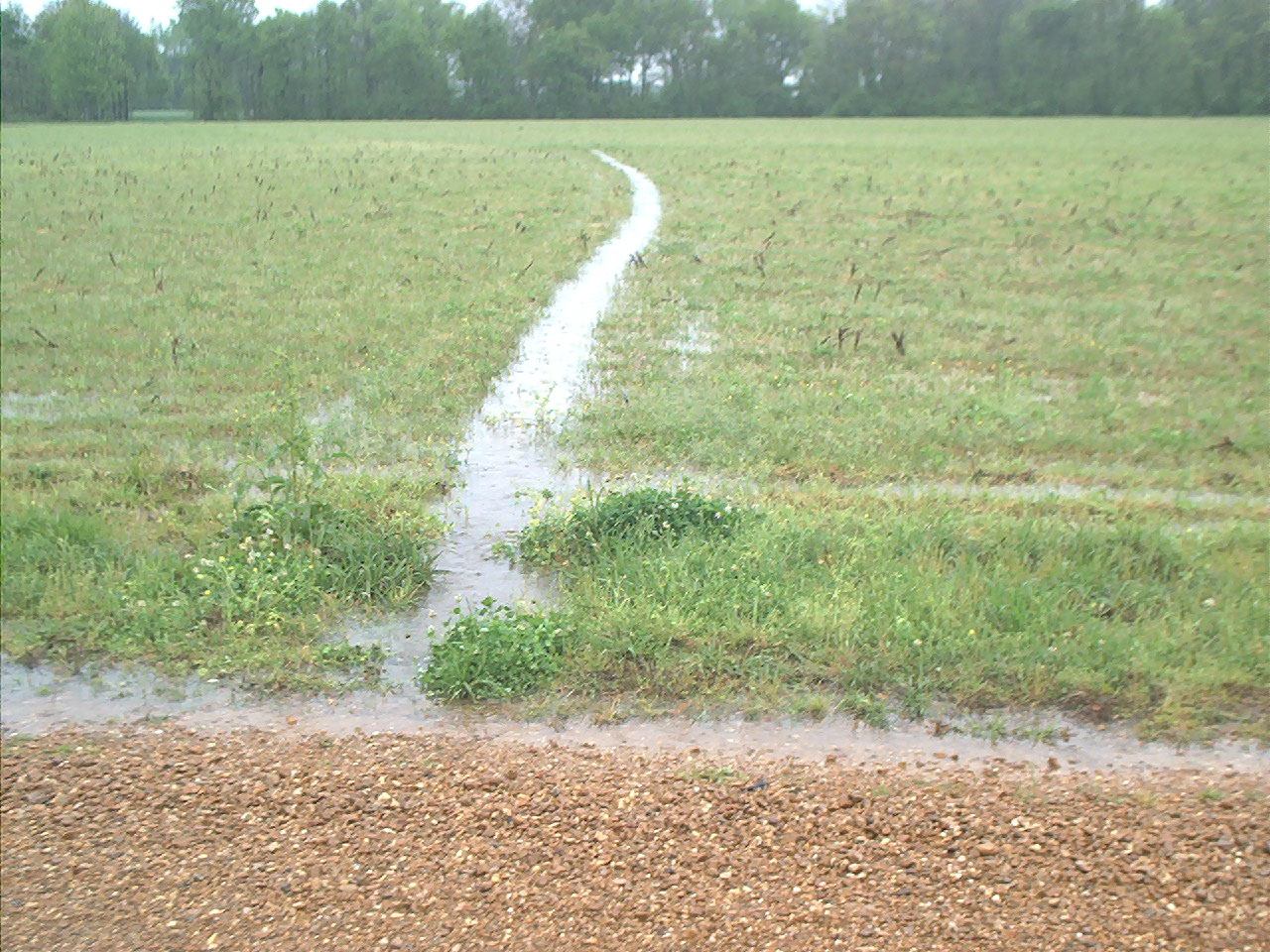

0 thoughts on “What Are Cover Crops And Crop Rotation?”